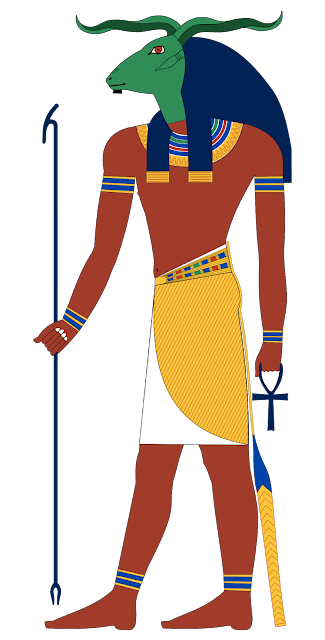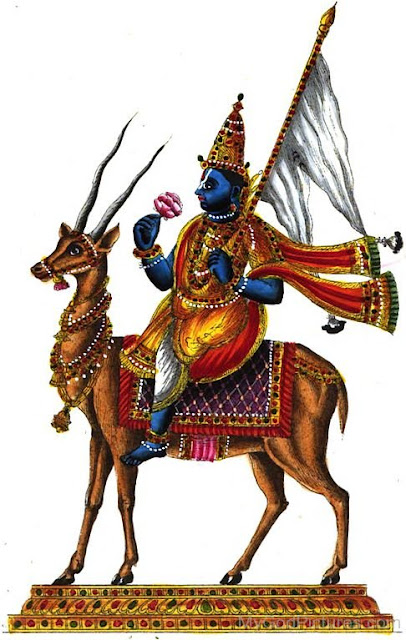Shri Kamakshi Amman
Devi Kamakshi AmmanShri Kamakshi Amman
In the calm of the night, when the world sleeps, the breeze brings with it the fragrance of fresh water lilies in full bloom. With the moon’s reflection dancing around these full bloom lilies, it is the blissful moment of the night to be imbibed within the soul. The tranquility of the breeze in the leaves, the shimmering waves of the water as the moon shines through, dotted with lilies letting loose their fragrance is for the world to catch a glimpse of this inner beauty. The brightness of the sun by day parallels the calm of the moon by night as time moves from the sunshine to the moonlight across the brow of the Mother Goddess Kamakshi.Such are the words that describe so beautifully the form of the Mother in the Soundarya Lahari. An ocean of beauty, far deeper than the star lit clear sky by night glowing in the presence of the moon. Within the chamber that houses the Goddess one can feel this silence of the night, this fragrance in the air. The darkness of the inner chamber, lit up with the lamps that bring the glow to her face, the Mother sits within, calm and compassionate to her children, her lotus eyes in partial bloom which is just truly divine.


























































